Why Tire Pressure and Temperature are Important to RVers
RV Tire Pressure
Tire pressure is simply the amount of air inside of a tire. For those of us in the United States, that pressure is measured in pounds per square inch, or PSI.
There is only ONE correct pressure for your RV tires. The best way to know the correct PSI for your tires is to get your RV weighed and then use your tire manufacturer’s inflation chart to determine the pressure needed to carry that load. Weighing your RV may not always be possible, so when in doubt, go with the max cold pressure indicated for your tires, and then go get weighed as soon as you can!
The reason we recommend to use the max cold pressure indicated on your tire is because underinflation is worse than overinflation. Another point to remember is that when your tires start rolling they will heat up and then the PSI will rise. This rise in PSI is assumed and built into the manufacturers calculations for cold tire pressure. This means that if a tires max cold tire pressure is 120 PSI and you put 120 PSI in the tire, then when you start rolling, the tire PSI will rise above the cold tire max, and that is perfectly okay and expected. The tire can handle the increase in pressure, so no worries.
If tires are not inflated properly, then they will wear irregularly, causing you to have to change tires more often. It’s very important to maintain the proper inflation pressure in your tires to not only give your tires a fighting chance for a long life of traveling with you, but also to give your RV better fuel economy.

Under-inflated Tire Issues
Under-inflated tires are tires that don’t have enough air inside of them for the load they are carrying. This could be a result of not putting enough air into your tire or could be a result of an overloaded RV which weighs more than the tire is rated for. This lack of proper pressure can lead to handling issues, a decrease in fuel economy and even structural damage to the tire. Under-inflation is also the leading cause of tire blowouts, which typically occur when an under-inflated tire heats up abnormally (due to low pressure). Once that tire reaches 200 degrees F, that’s when real damage starts to occur and a dangerous blowout is usually not far behind.
When a tire is under-inflated, the amount of the tire touching the road increases. This increased surface area on the road causes more friction and is why the temperature of the tire starts to rise. In addition, this increased surface area creates more drag and requires more energy to make the tire roll, thus decreasing your fuel economy. It is interesting how all of this works together, and it all reinforces the idea that proper pressure in your tire is the key to your tire working properly.

Overinflated Issues
Overinflated tires are tires that have too much air inside of them. This excessive pressure can reduce the tire’s traction, negatively affect your RV’s braking ability and handling, and it can give you a bumpy ride. Just how an underinflated tire has more surface area of the tire on the road, an overinflated tire has less surface contact on the road. While underinflation is worse than overinflation, there are some safety issues with grossly overinflating a tire.
When you don’t know the proper PSI for your RV’s load, the best pressure to select is the max cold PSI on the tire itself. It could be overinflated if you are not running a maximum load on the tire, but at least you know it will not be under-inflated which is worse on the tire. Don’t make a guess on your load or weight and reduce your tire’s PSI; the only way to know your proper PSI is to be weighed and apply the weights to your tire’s inflation chart from the manufacturer.
Just because your RV friend runs 90 PSI in their tires does not mean that is the right PSI for you. Of course, RV friends mean well and want to help, but unless you have the exact same RV and tires with exactly the same things inside as your friend, and assuming your friend's RV has been weighed and they too aren't just guessing on the proper tire pressure, then you really need to do the work to determine the correct pressure for your situation.
Tire Temperature
Tire temperature is important and has a lot to do with the overall health and longevity of your tires. First, be sure to check your pressure while your tires are cold, or before you start driving for the day. You want the cold tire pressure to be the recommended pressure based on your RV’s weight and your tire manufacturer’s inflation chart.

As you start driving, the pressure and temperature in your tires will naturally increase. A good tire pressure monitoring system will keep tabs on each tire’s temperature and allow you to set a parameter at which to be alarmed. I usually recommend setting your TPMS to alarm at about 158 degrees Fahrenheit. If you have a tire position that gets to this level, then you likely have a problem. Setting it at 158 degrees Fahrenheit still gives you time to get off the road before damage is done to your tire because of the climbing heat.
If your tire’s temperature reaches 200 degrees Fahrenheit, this can start to cause your tire to actually break down and may lead to a dangerous blowout. When a tire is manufactured it goes through a process called vulcanization. This process is basically using heat to fuse together the various components of the tire. So it makes sense that if a tire gets too hot on the road that the compounds in the tire can start to break down and the fusing can become compromised.
This increased level of heat on a tire can easily be caused by low tire pressure and also high ambient temperatures. Statistically, there is always an increase in tire blowouts during the hottest parts of summertime. Add the increase of the road temperature to an underinflated tire and you are going to have a problem pretty quickly.
As mentioned before, it is wise to set the alarm on your TPMS to alert you at around 158 degree Fahrenheit. This temperature parameter was determined in association with Michelin Tires and was chosen because while 158 degrees is higher than a typical tire should reach while driving, it’s also below that 200 degree threshold that starts to cause tire damage.
When using a TPMS you may notice that some of your tires are running a bit hotter than others. If you see this and become concerned, think about which side of your RV the sun is on, and where the exhaust is in relation to your tires. These are two factors that can cause your tire temperatures to vary, though they should not exceed your high temperature parameter for those reasons. If your high temperature alarm goes off, definitely pull over and inspect your tires. Most of the time, unusually high tire temperatures are due to low tire pressure, and the combination of low pressure plus high temperature is likely to cause a blowout if the issue is not addressed in time.
The best way to monitor your RV tire’s temperature and PSI is a Tire Pressure Monitoring System (TPMS). This will not only monitor these points of data, but will also alert you if they get outside a safe operating range. In addition to comparing different features and models of TPMS, there are 3 things you need to know about your RV before you select the right TPMS for your situation.
At TechnoRV, we carry the TST 507 TPMS and the TireMinder TPMS. Both are great models, but they have some difference that you can learn more about in the video below.
You can shop all of the TPMS models we carry at TechnoRV when you click here.



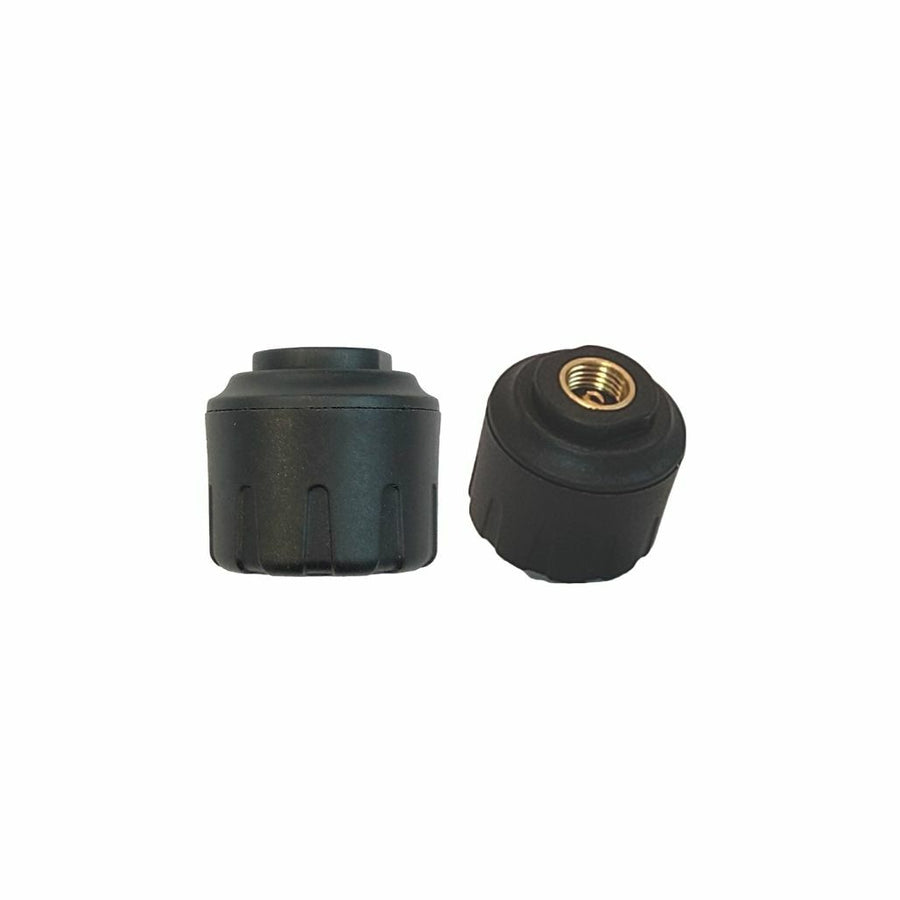
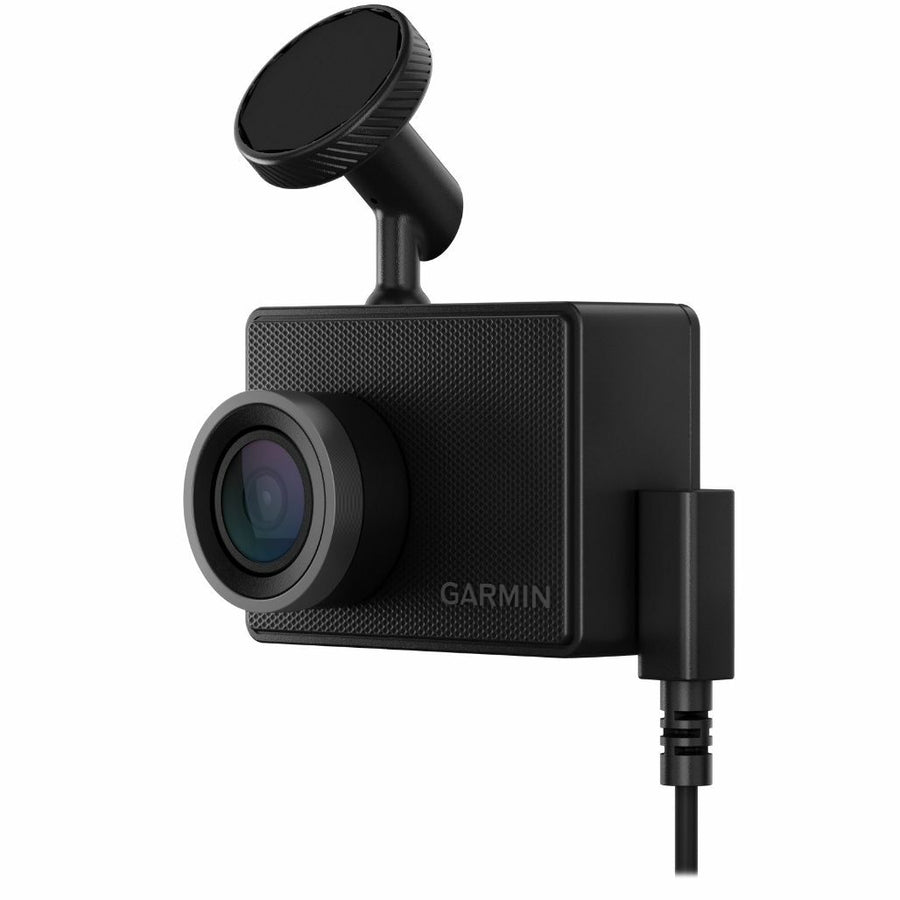
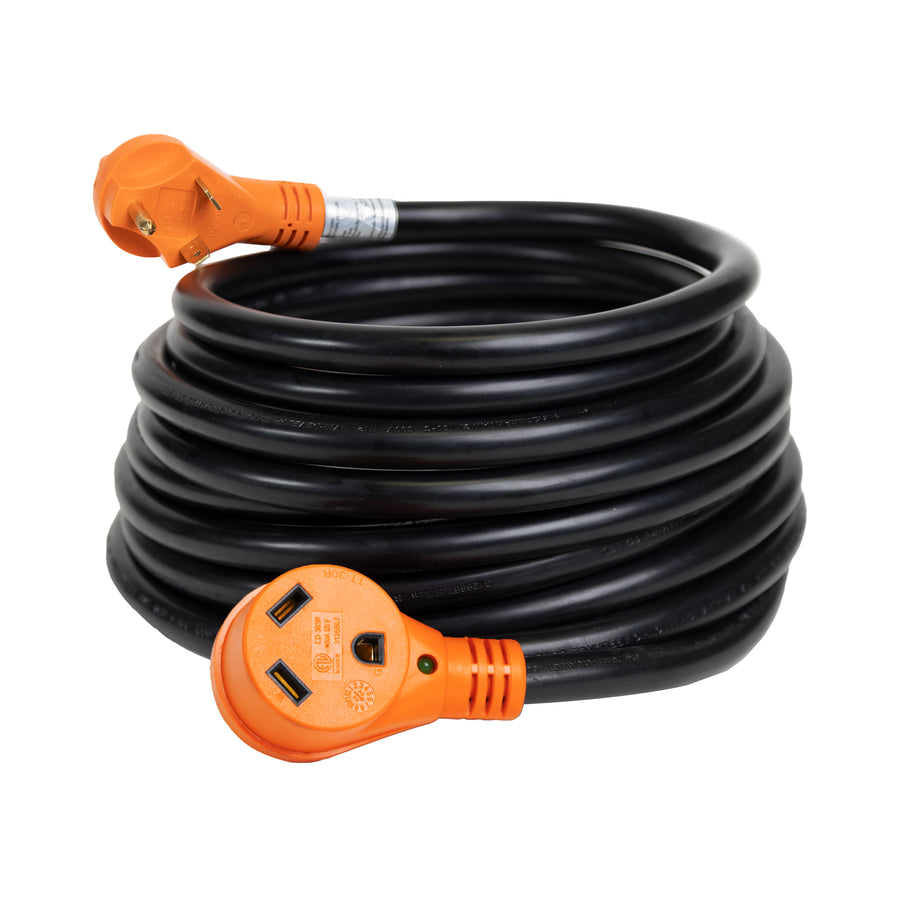
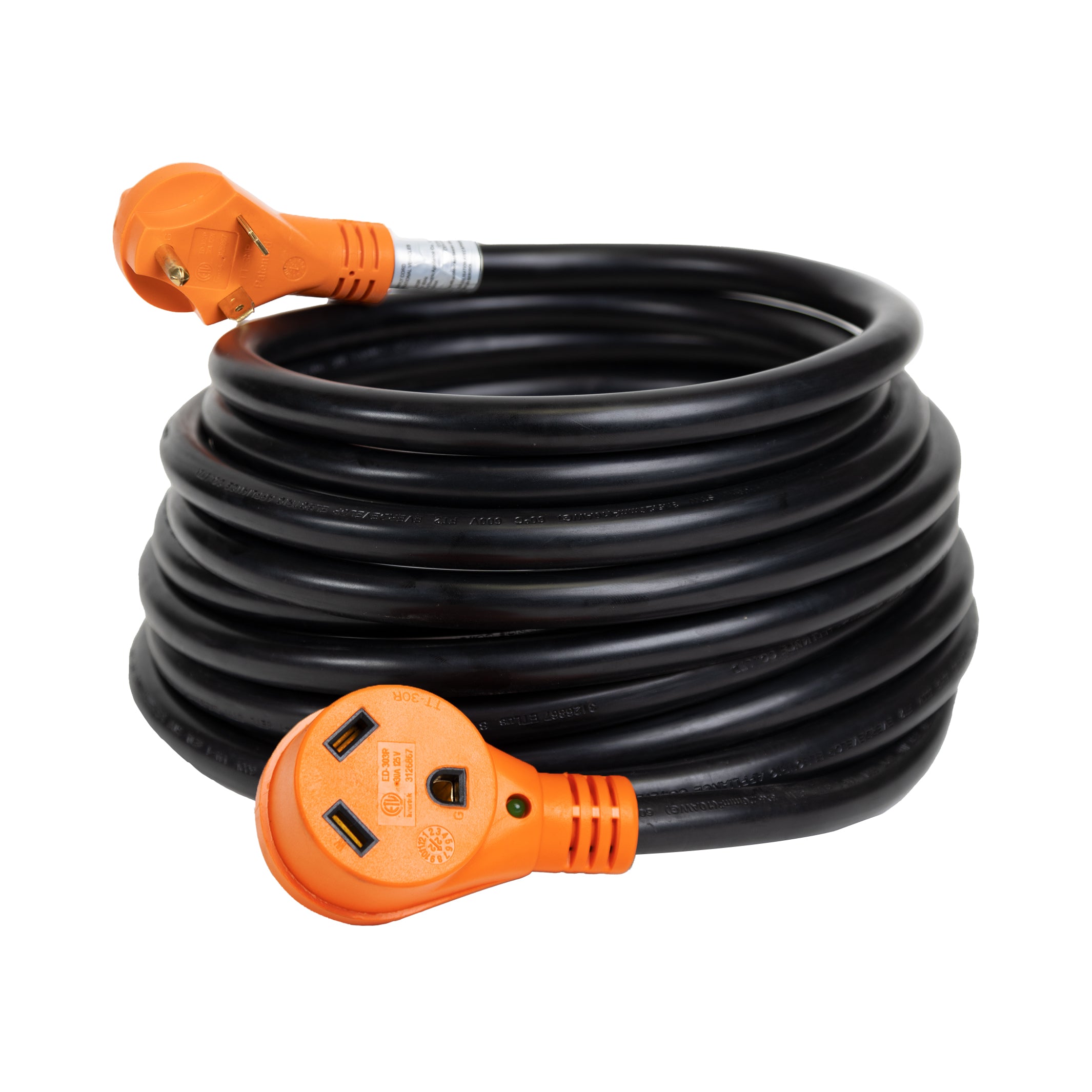

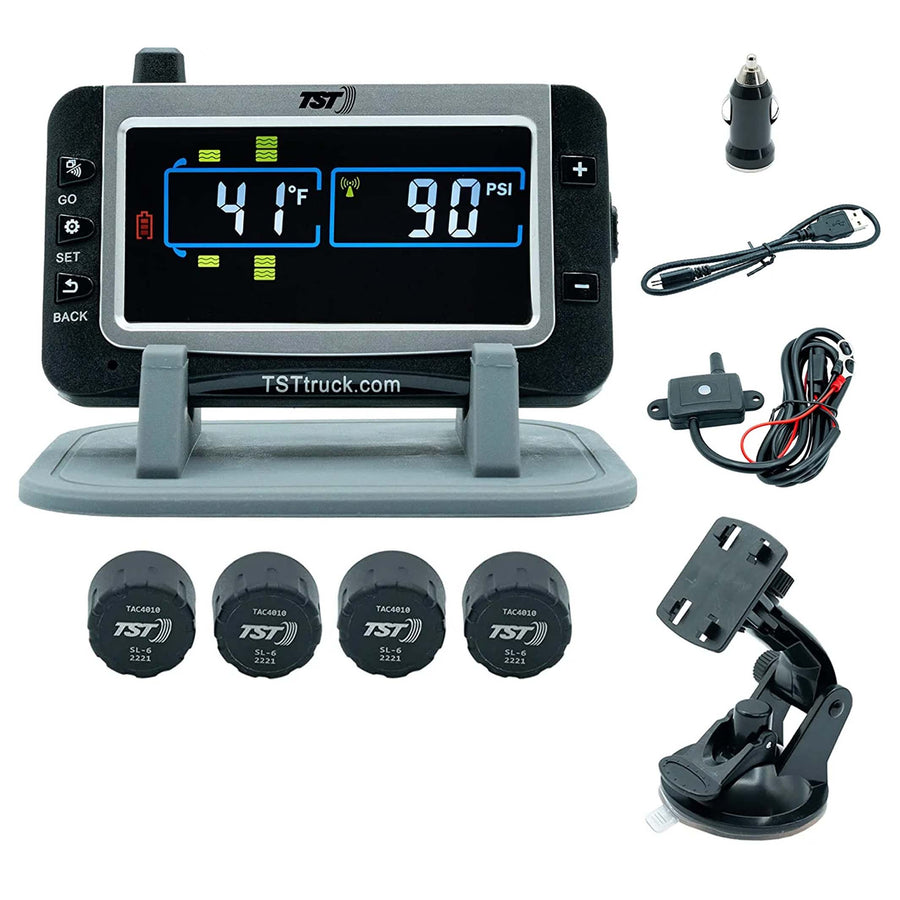
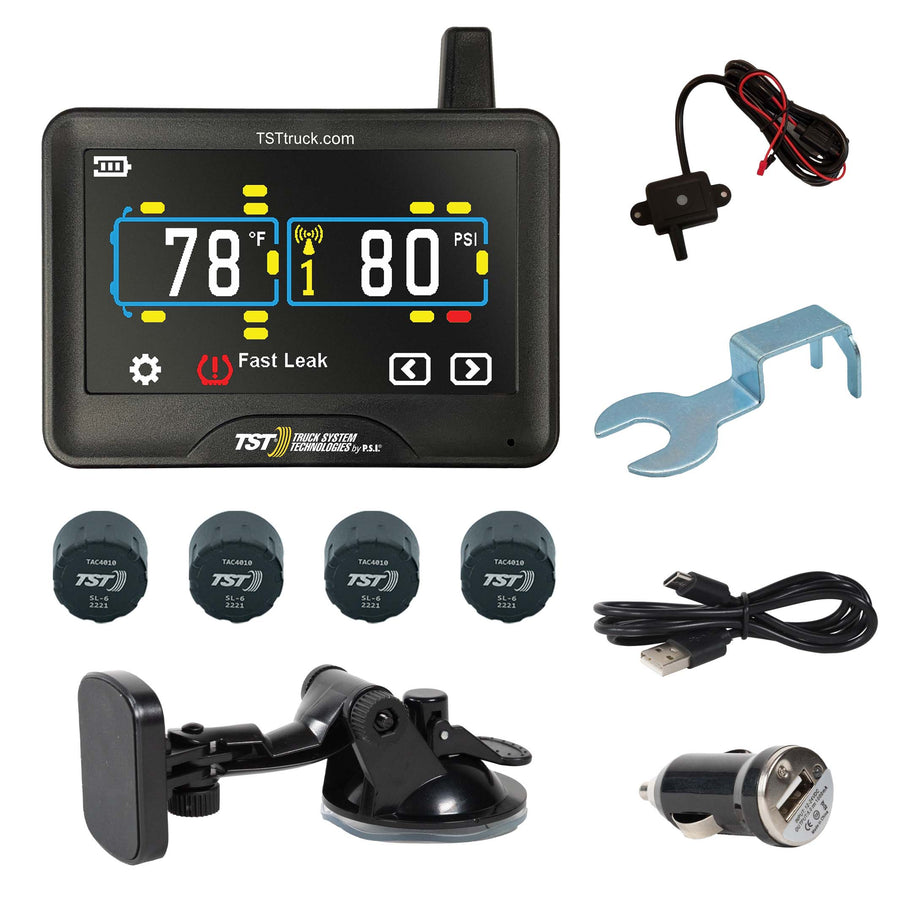
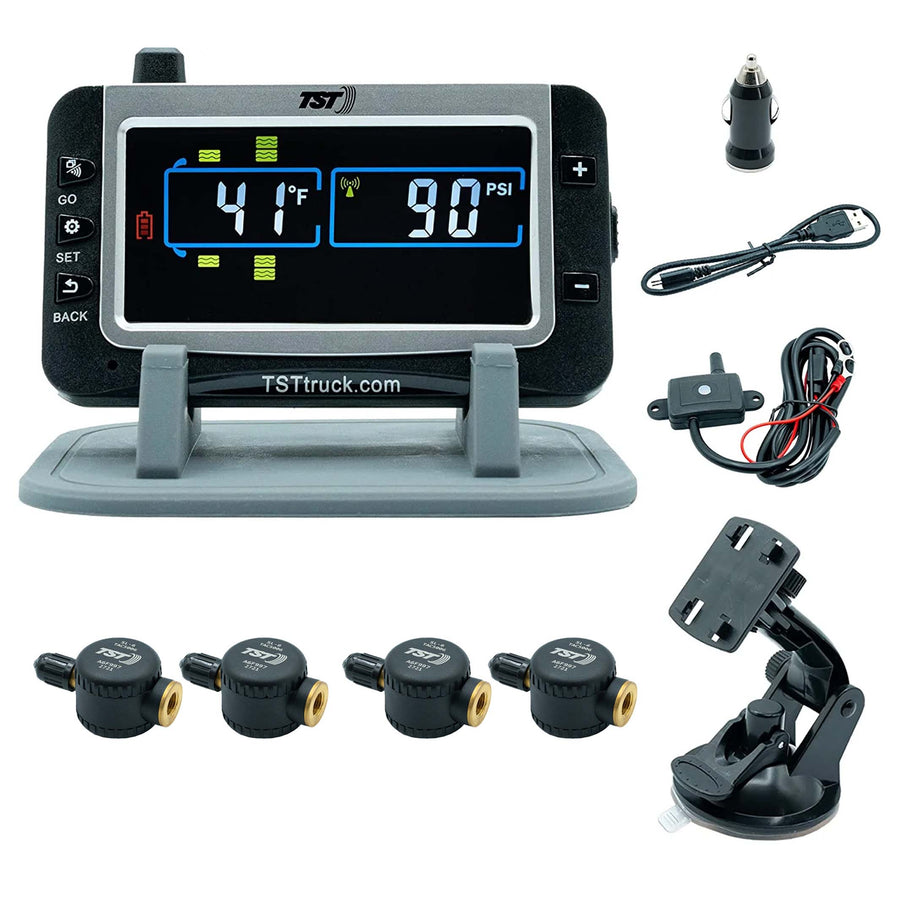
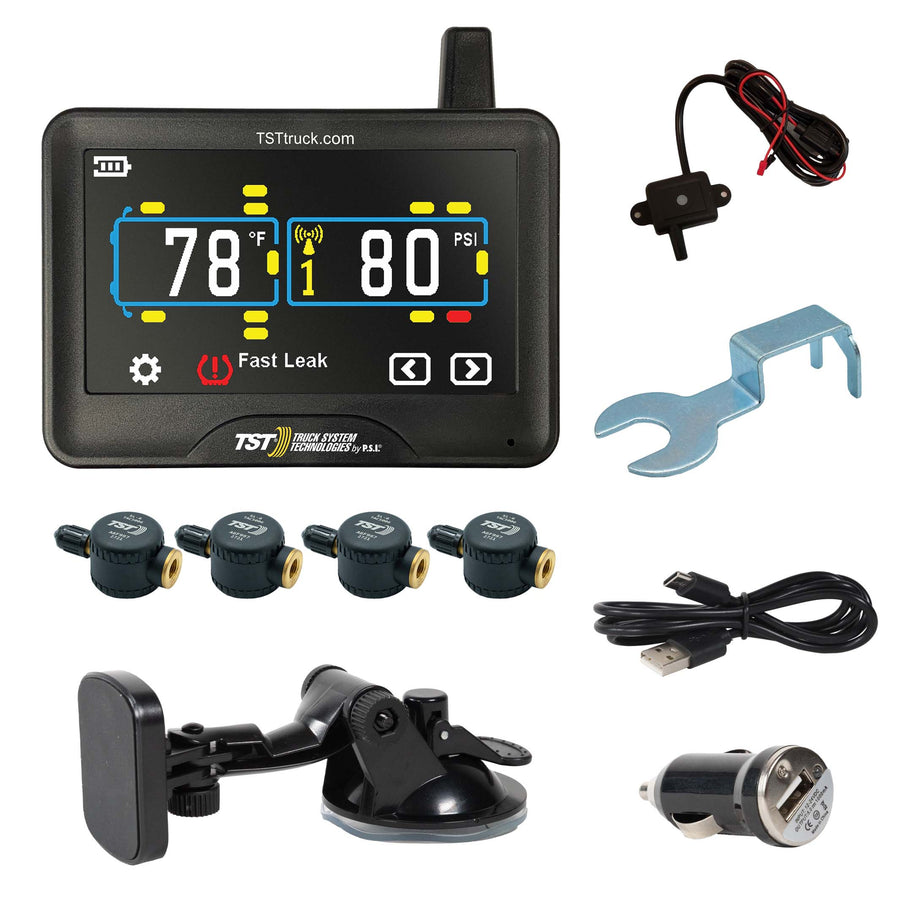

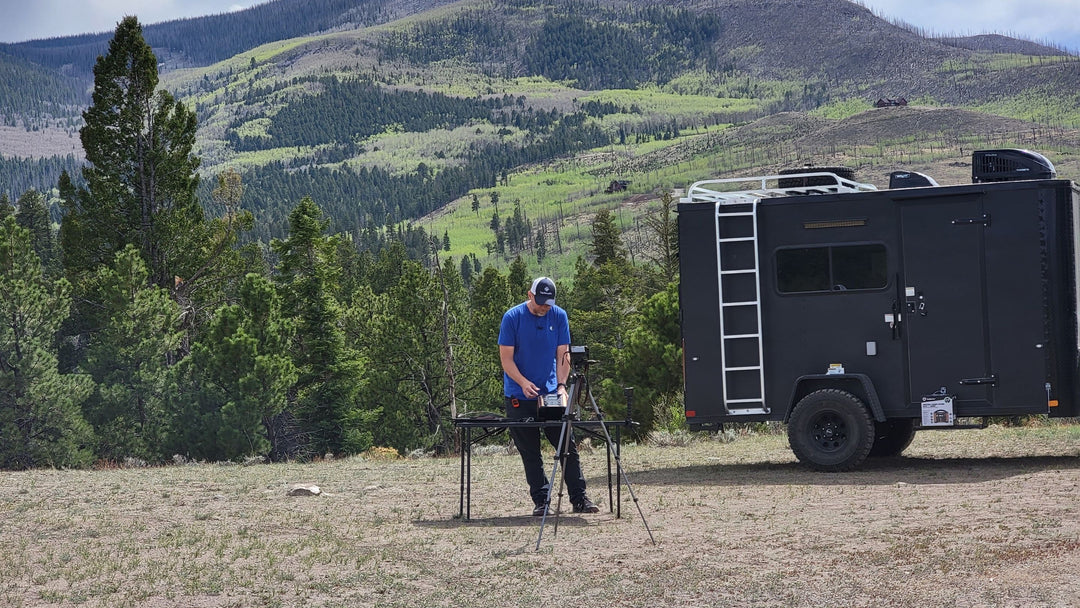
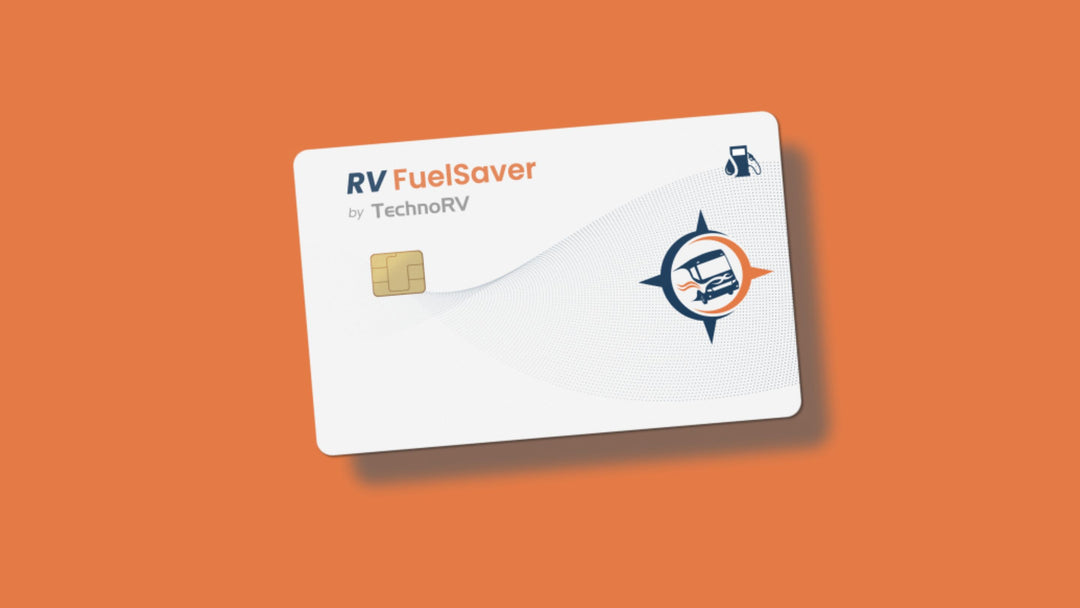
Leave a comment